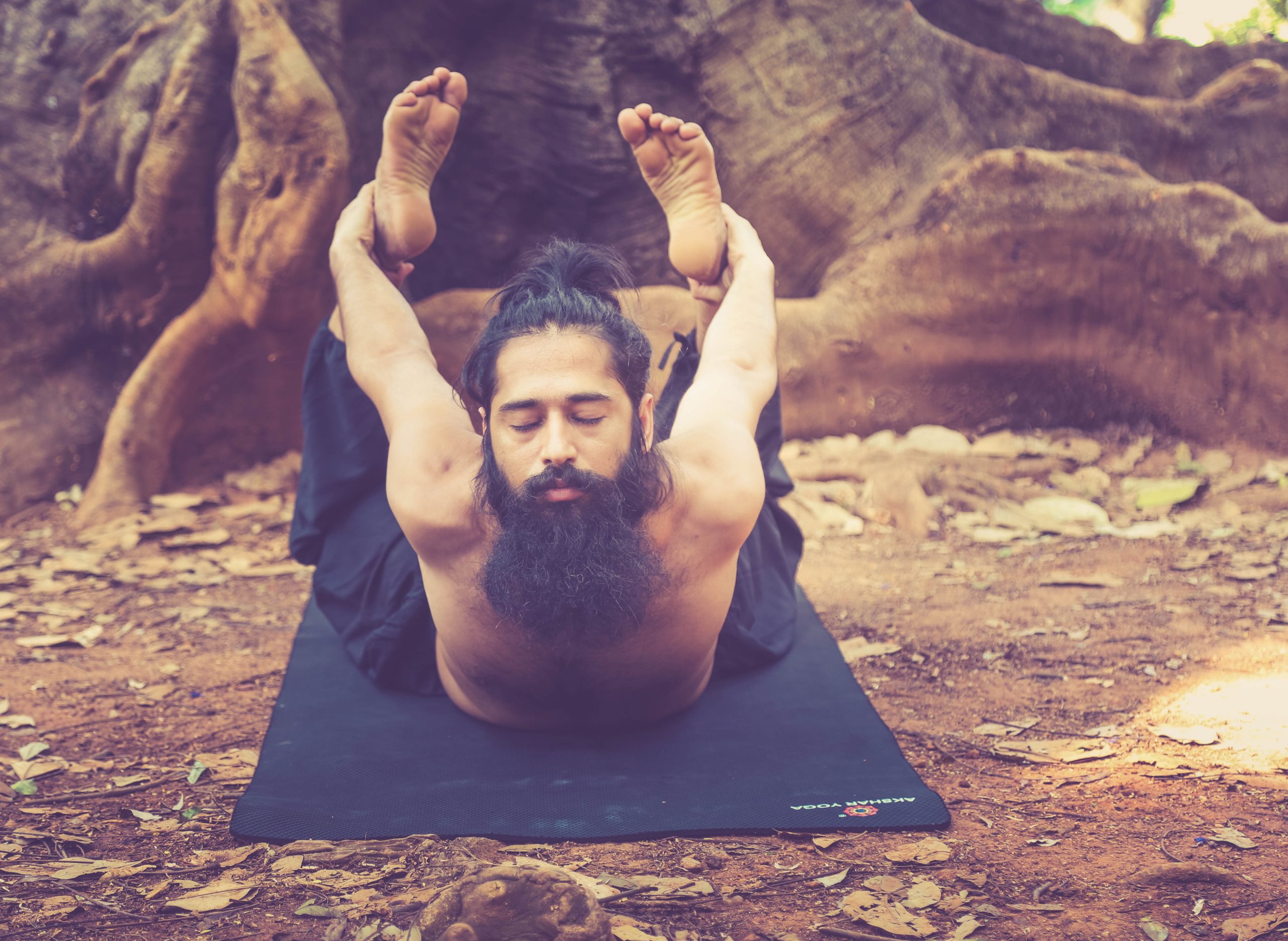Grand Master Akshar
Philanthropist || Spiritual Master || Lifestyle Coach || Yoga-preneur || Author
If you suffer from asthma or similar respiratory disorders, you can practice these yoga asanas or postures. Yoga removes stress and improves the efficiency of the lungs, and makes them stronger. You can increase the amount of Oxygen that you breathe in, and expel more Carbon Dioxide from your lungs.
Vajrasana – Thunderbolt pose
Formation of the Posture
• Begin by standing straight with your arms by the sides of your body
• Lean forward and slowly drop your knees on your mat
• Place your pelvis on your heels and point your toes outward
• Here, your thighs should press your calf muscles
• Keep your heels slightly apart from each other
• Place your palms on your knees facing upward
• Straighten your back and look forward
• Hold this asana for a while
Paschimottanasana – Seated forward bend
Formation of the Posture
• Begin with Dandasana
• Ensure that your knees are slightly bent while your legs are stretched out forward
• Extend your arms upward and keep your spine erect
• Exhale and empty your stomach of air
• With the exhale, bend forward at the hip and place your upper body on your lower body
• Lower your arms and grip your big toes with your fingers
• Try to touch your knees with your nose
• Hold the posture for 10 seconds
Ustrasana
• Kneel on the yoga mat and place your hands on the hips.
• Simultaneously, arch your back and slide your palms over your feet till the arms are straight.
• Do not strain or flex your neck but keep it in a neutral position.
• Stay in this posture for a couple of breaths.
• Breathe out and slowly come back to the initial pose. Withdraw your hands and bring them back to your hips as you straighten up.
Half-Fish Pose (Ardha Matsyendrasana)
Formation of the posture:
• Begin in Dandasana
• Fold the left leg and place the left foot on the ground over the right knee
• Bend the right leg and fold it so that it is resting on the ground with the right heel near the left pelvis
• Bring the right hand over the left leg and grab the big toe of the left foot
• As you exhale, twist the trunk of the body as much as possible, turning the neck so the gaze is over the left shoulder and encircle the waist with the left hand with the palm facing outwards. Continue to maintain the asana, breathing normally.
• In this position there is a strong twist on the spine and abdomen. The right arm is pressed against the left knee leading to an increased twist on the body. The chest is open and the spine is erect. One side of the abdomen is compressed and the other side is stretched. The right leg and knee remains on the floor. The left knee should be close to the right armpit
Dhanurasana
Dhanurasana is derived from two Sanskrit words, ‘Dhanur’ meaning bow and ‘asana means posture.
• Begin by lying down on your stomach
• Bend your knees and hold your ankles with your palms
• Have a strong grip
• Lift your legs and arms as high as you can
• Look up and hold the posture for a while
Chakrasana
Formation of the posture
• Lie down on your back
• Fold your legs at your knees and ensure that your feet are placed firmly on the floor
• Bend your arms at the elbows with your palms facing the sky. Rotate your arms at the shoulders and place your palms on the floor on either side beside your head
• Inhale, put pressure on your palms and legs and lift your entire body up to form an arch
• Relax your neck and allow your head to fall gently behind
While these asanas can be practiced at any time of the day, the best time would be to practice early in the morning before you start your day, and in the evening. Ideal settings for would be the outdoors where there is fresh, and clean air. If you can practice around plants, greenery or nature the benefit is greater.





